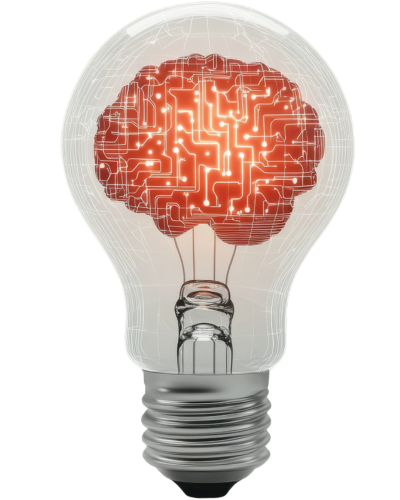




On 17 October 2025, the EUIPO Cancellation Division issued four separate decisions (C 64 174, C 64 300, C 64 301 and C 64 175) in disputes opposing Century Tal Holding Pte. Ltd. (Singapore) to OpenAI OpCo, LLC (United States).
The contested word marks (GPT, GPT-3, GPT-4 and GPT-5) were all registered by OpenAI for computer software and AI-related services in Classes 9 and 42.
In three of the four cases, the Division declared the registrations entirely invalid; in one, it held a partial invalidity.
Overall, the Office found that the signs were descriptive of the goods and services concerned and lacked any inherent distinctiveness within the meaning of Articles 7(1)(b) and 7(1)(c) of the EU Trade Mark Regulation (EUTMR).
OpenAI’s subsidiary claim based on acquired distinctiveness through use under Article 7(3) EUTMR will be examined only once the current decisions become final.
In each decision, the EUIPO held that the acronym “GPT” (Generative Pre-trained Transformer) has become a generic technical term describing a specific large-language-model architecture based on machine learning, widely used across the artificial-intelligence sector.
The applicant submitted extensive evidence, dictionary definitions, scientific articles and online sources (Cambridge Dictionary, Wikipedia, ScienceDirect, IEEE Computer Society, etc.), showing that the term GPT is used in both academic and commercial contexts to refer to a type of AI technology, rather than to any single commercial origin.
The Division considered that the relevant public, mainly English-speaking professionals and specialised users, would immediately perceive GPT as a direct reference to the nature or characteristics of the goods and services, not as an indicator of their trade origin.
OpenAI argued that:
The EUIPO dismissed these arguments.
It found that designations such as GPT-3, GPT-4 and GPT-5 would be understood merely as version numbers within a technological sequence of the same product family (Generative Pre-trained Transformers).
Moreover, the widespread and pre-existing use of GPT in the scientific and technological community showed that any inherent distinctiveness was lacking at the time of filing.
Only the decision C 64 175 (GPT-5) resulted in a partial invalidation.
The EUIPO considered that GPT-5 was descriptive for most of the goods and services in Classes 9 and 42 (software, AI applications, SaaS, cloud-based services, etc.), but not descriptive for certain unrelated physical goods, such as blank recording media, headphones, eyewear or diving equipment.
For those products, GPT-5 bore no direct link with artificial-intelligence technology and therefore retained a minimum degree of distinctiveness.
This illustrates the EUIPO’s power under Article 59(1)(a) EUTMR to declare a trade mark partially invalid when the absolute grounds for refusal apply only to certain goods or services.
Taken together, these four decisions reflect the EUIPO’s strict interpretation of absolute grounds for refusal where technical terms are concerned.
The Office reaffirmed that a sign must identify commercial origin, not merely describe the underlying technology.
Even if an operator, such as OpenAI, pioneered a given concept, it cannot monopolise a term that has entered general usage within the industry.
This series of rulings marks a turning point for brand protection in the field of artificial intelligence.
It underscores the importance for technology companies to build a two-tier branding strategy — separating technical or descriptive designations (often unprotectable) from genuinely distinctive commercial brands used to market products or services.
For any questions relating to trade-mark filing strategy, brand protection or defence, the HubMarques team at DDG Law Firm provides expert support to technology and innovation companies in defining and securing their intellectual-property portfolios at both European and international levels.
References
EUIPO, Decisions of the Cancellation Division, 17 October 2025: C 64 174 - GPT, C 64 300 - GPT-4, C 64 301 - GPT-3, C 64 175 - GPT-5.
Regulation (EU) 2017/1001 of 14 June 2017 on the EU Trade Mark



